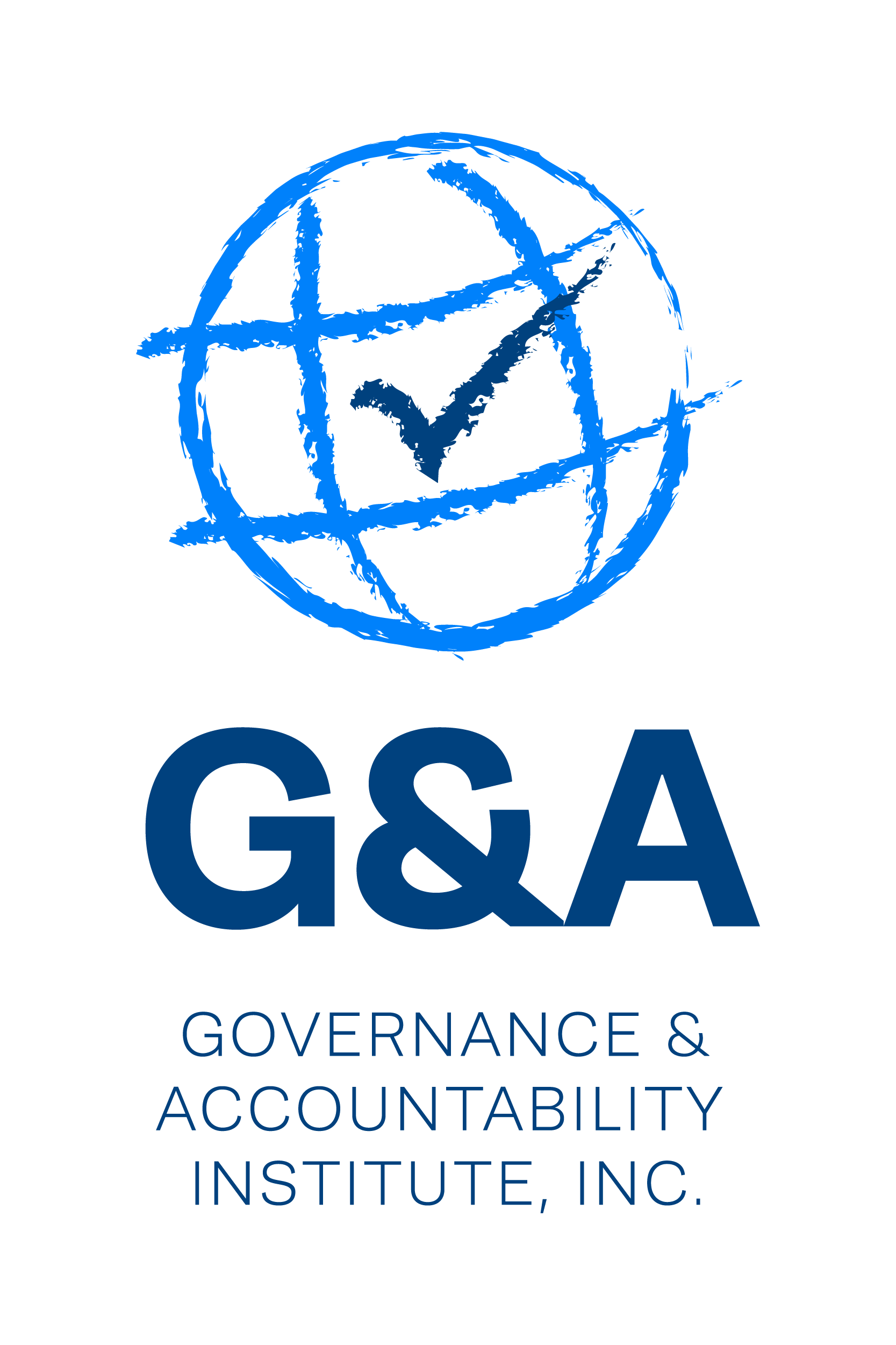Trump Administration Continues Attempts to Unravel US Environmental Protections Put in Place Over Many Years – Now, Shareholder Proxy Resolution Actions on Climate Issues Also in Focus for Investors
G&A's Sustainability Highlights (05.06.2019)
Trump Administration Continues Attempts to Unravel US Environmental Protections…
We should not have been surprised: in 2016 presidential candidate Donald Trump promised that among his first steps when in the Oval Office would be the tearing up of his predecessor’s commitment to join the family of nations in addressing climate change challenges. In 2015 in Paris, with almost 200 nations in agreement, the United States of America with President Barack Obama presiding signed on to the “Paris Agreement” (or Accord) for nations and private, public and social sector organization to work to prevent further damage to the planet.
The goal is to limit damage and stop global temperatures from rising about 2-degrees Centigrade, the issues agreed to. As the largest economy, of course the United States of America has a key role to play in addressing climate change. Needed: political will, collaboration among private, public and social sectors, and funding for the transition to a low carbon economy (which many US cities and companies are already addressing).
So where is the USA? On June 1st 2017 now-President Trump followed through on the promise made and said that the U.S.A. would begin the process to withdraw from the Paris Agreement on climate change, joining the 13 nations that have not formally ratified the agreement by the end of 2018 (such as Russia, North Korea, Turkey and Iran). Entering 2019, 197 nations have ratified the Agreement.
A series of actions followed President Trump’s Paris Agreement announcement – many at US EPA and other agencies -- most of which served to attempt to weaken long-existing environmental protections, critics charged.
The latest move to put on your radar: In April, President Trump signed an Executive Order that addresses “Promoting Energy Infrastructure and Economic Growth”. [Energy] Infrastructure needs – a bipartisan issue – are very much in focus in the EO. But not the right kind to suit climate change action advocates. The EO addressed continued administration promotion and encouraging of coal, oil and natural gas production; developing infrastructure for transport of these resources; cutting “regulatory uncertainties"; review of Clean Water Act requirements; and updating of the DOT safety regulations for Liquefied Natural Gas (LNG) facilities.
Critics and supporters of these actions will of course line up on both sides of the issues. There are things to like and to dislike for both sides in the president’s continuing actions related to environmental protections that are already in place. And then there is the big issue in the EO: a possible attempt to limit shareholder advocacy to encourage, persuade, pressure companies to address ESG issues.
Section 5 of the EO: “Environment, Social and Governance Issues; Proxy Firms; and Financing of Energy Projects Through the U.S. Capital Markets.” The EO language addresses the issue of Materiality as the US Supreme Court advises. Is ESG strategy, performance and outcome material for fiduciaries? Many in the mainstream investment community believe YES!
Within 180 days of the order signing, the Secretary of the Department of Labor will complete a review existing DOL guidance on fiduciary responsibilities for investor proxy voting to determine whether such guidance should be rescinded, replaced, or modified to “ensure consistency with current law and policies that promote long-term growth and maximize return on ERISA plan assets”. (Think of the impact on fiduciaries such as public employee pension plans.) The Obama Administration in 2016 issued a DOL Interpretive Bulletin many see as a “green light” for fiduciaries to consider when incorporating ESG analysis and portfolio decision-making. The Trump EO seems to pose a direct threat to that guidance.
We can expect to see sustainable & responsible investors marshal forces to aggressively push back against any changes that the Trump/DOL forces might advance to weaken the ability of shareholders – fiduciaries, the owners of the companies! – to influence corporate strategies and actions (or lack of action) on climate change risks and opportunities. Especially through their actions in the annual corporate proxy ballot process and in engagements.
You’ll want to stay tuned to this and the other issues addressed in the Executive Order. We’ll have more to report to you in future issues of the newsletter.
This is just the introduction of G&A's Sustainability Highlights newsletter this week. Click here to view full issue.

